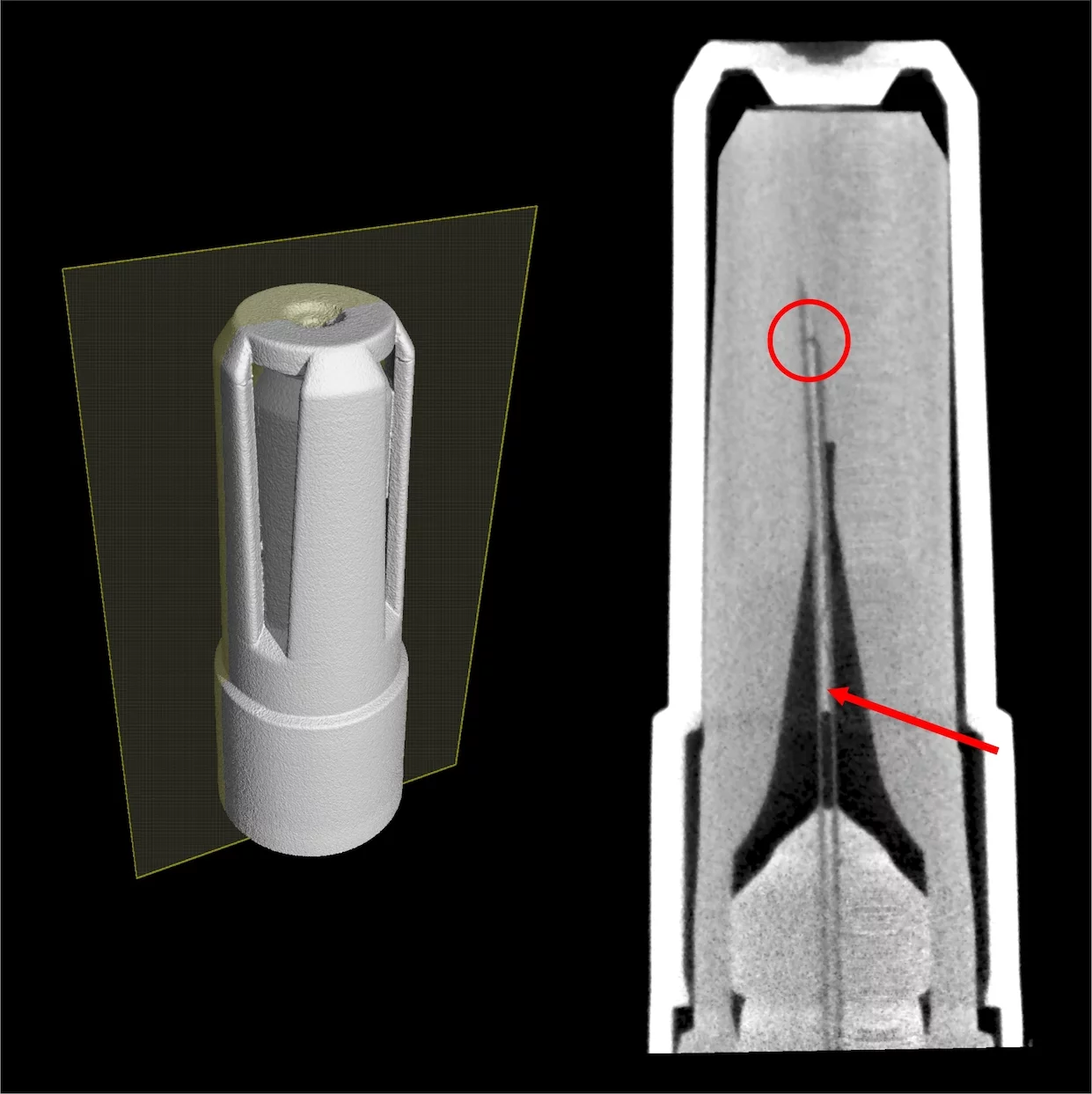Staked-in needle pre-fillable syringes (SIN-PFS) are a convenient delivery system widely established in the growing pharmaceutical market. Under specific storage conditions, the needle of PFS containing high concentration drug product (DP) solution is prone to clogging, which prevents administration of the liquid. The purpose of this study is to clarify the clogging phenomenon of SIN-PFS and to elucidate the role of water vapor transmission via the needle shield.
The presence of liquid within needles is a prerequisite condition for clogging and was investigated non-invasively by neutron imaging (NI) to confirm that liquid can migrate into the needle under certain processing conditions. The water vapor transmission rate (WVTR) of different needle shields was measured and the impact of temperature and relative humidity (rH) on the WVTR was investigated on sheets with the same composition as used in commercial needle shields. Our study clearly showed that the partial vapor pressure difference (ΔPP) across the needle shield is the dominant driving factor for water vapor transmission. A linear correlation between ΔPP and WVTR was found and a model to predict the water vapor transmission for PFS under specific storage conditions was developed. The impact of the WVTR on needle clogging was confirmed by clogging tests performed on SIN-PFS stored under different conditions. Thereby, we clearly show that high water loss induced by higher WVTR can be correlated to an increased occurrence of needle clogging. In conclusion, the WVTR of the needle shield plays a key role in needle clogging and the established WVTR model can be employed to assess the clogging risk for product development.
Reference: M. De Bardi et al, European Journal of Pharmaceutics and Biopharmaceutics 127, 104 (2018)
Read full article: here


